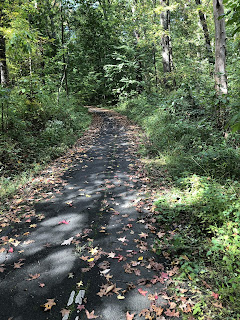The pandemic has brought both out the altruism and avariciousness of people. It's also revealed their creativity and hideboundedness, as well as their brilliance and sheer stupidity.
Examples of the latter include the woman who got busted for using a fake vaccine card. Her forgery was detected because the name of the vaccine she didn't receive was spelled "Maderna."
As if there isn't enough boneheadedness to go around, a probably-soon-to-be-former San Jose Sharks forward Evander Kane got himself suspended for a quarter of the season because he violated the National Hockey League's COVID-19 protocol. His offense? He submitted a fake vaccine card.
And, to prove that idiocy knows no boundaries, there's Singapore Police Station inspector Ong Chee Seng. On 26 May, the 50-year-old rode his foldable bicycle to a shopping mall so he could buy lunch. When he returned to his bike, he couldn't find his key. He tried to borrow a cutter from the mall's security personnel, but they wouldn't help him because they couldn't verify that the bike was his.
Later that day, he sent a message on his WhatsApp group chat, asking whether he could borrow a cutter. One friend jokingly suggested that he call the police and claim he'd found his stolen bicycle. The constables, this friend jested, could then perform a "free service" for him.
The rest of this story illustrates something else we've learned during this pandemic: There's no counsel so bad that nobody will follow it. (Think of the folks who followed Trump's advice and injected themselves with cleaning products.) So, Ong called the Punggol Neighborhood Police Center and told the officer who answered, "I found my stolen bicycle here at the bicycle bay of Waterway Point. I need police assistance."
 |
| Google Street View image |
He led officers dispatched to the scene to another nearby location, claiming it was stolen when he locked it there. When one of the officers said he'd check the CCTV cameras, Ong confessed to his lie. He was then charged with providing false information to police that led to an investigation.
On 3 September, he was suspended from the Singapore Police Force and the other day, he was fined $3000. The SPF has also initiated "internal action" against him. If stupidity were a crime, his sentence surely would have been greater.



































